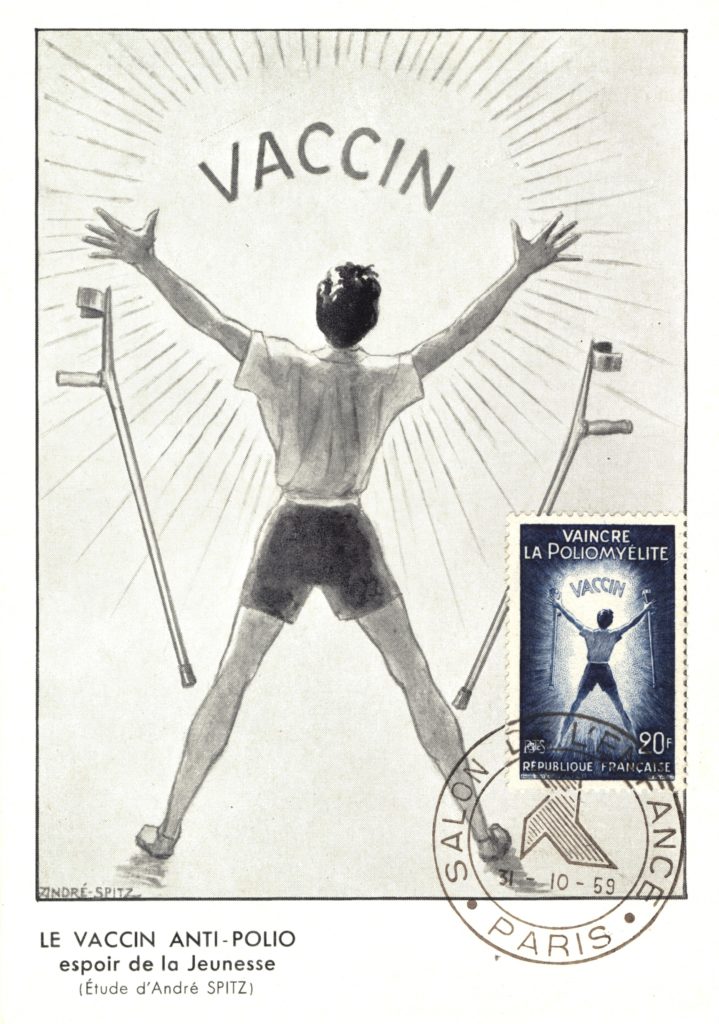An ongoing dialogue on HIV/AIDS, infectious diseases,
February 28th, 2021
Another COVID-19 Vaccine — and Barney, Explained
 Busy few days on the COVID-19 vaccine front, specifically related to the Ad26.COV2.S vaccine developed by Johnson & Johnson.
Busy few days on the COVID-19 vaccine front, specifically related to the Ad26.COV2.S vaccine developed by Johnson & Johnson.
February 26, the Vaccines and Related Biological Products Advisory Committee reviewed the data on the vaccine, voting unanimously that the benefits outweighed the risks.
February 27, the FDA granted the single-dose vaccine emergency use authorization.
And February 28-March 1, the Advisory Committee on Immunization Practices (ACIP) meets to discuss what recommendations to make about its use.
This means doses can reach us as early as this week.
What is this vaccine? Ad26.COV2.S is a recombinant replication-incompetent human adenovirus serotype 26 vector encoding a full-length, stabilized SARS-CoV-2 spike protein antigen.
In other words, quite different from the mRNA vaccines in current use, and hence requiring a whole new section to the NEJM Covid-19 Vaccine Frequently Asked Questions.
That’s a ton of work (for me), which is why this week’s post is so short.
But before I go, here’s the inspiration for citing an anthropomorphic dinosaur as my “animal spirit”, as requested by Dr. Gabriel Vilchez:
— Paul Sax (@PaulSaxMD) February 27, 2021
My friend Janet — a brilliant child psychiatrist — used to tell her pre-teen daughter why she couldn’t get a tattoo.
The reason?
Imagine if I had let you get a tattoo when you were 4 years old. You’d have Barney the Dinosaur on your body permanently. Who knows whether what you love now will be something you will love the rest of your life.
This was a highly effective message, one I’ll never forget.


This post is very helpful and extends the scope of infectious disease to the domain of transmitting thoughts and positive messages. Thanks for the guidance.